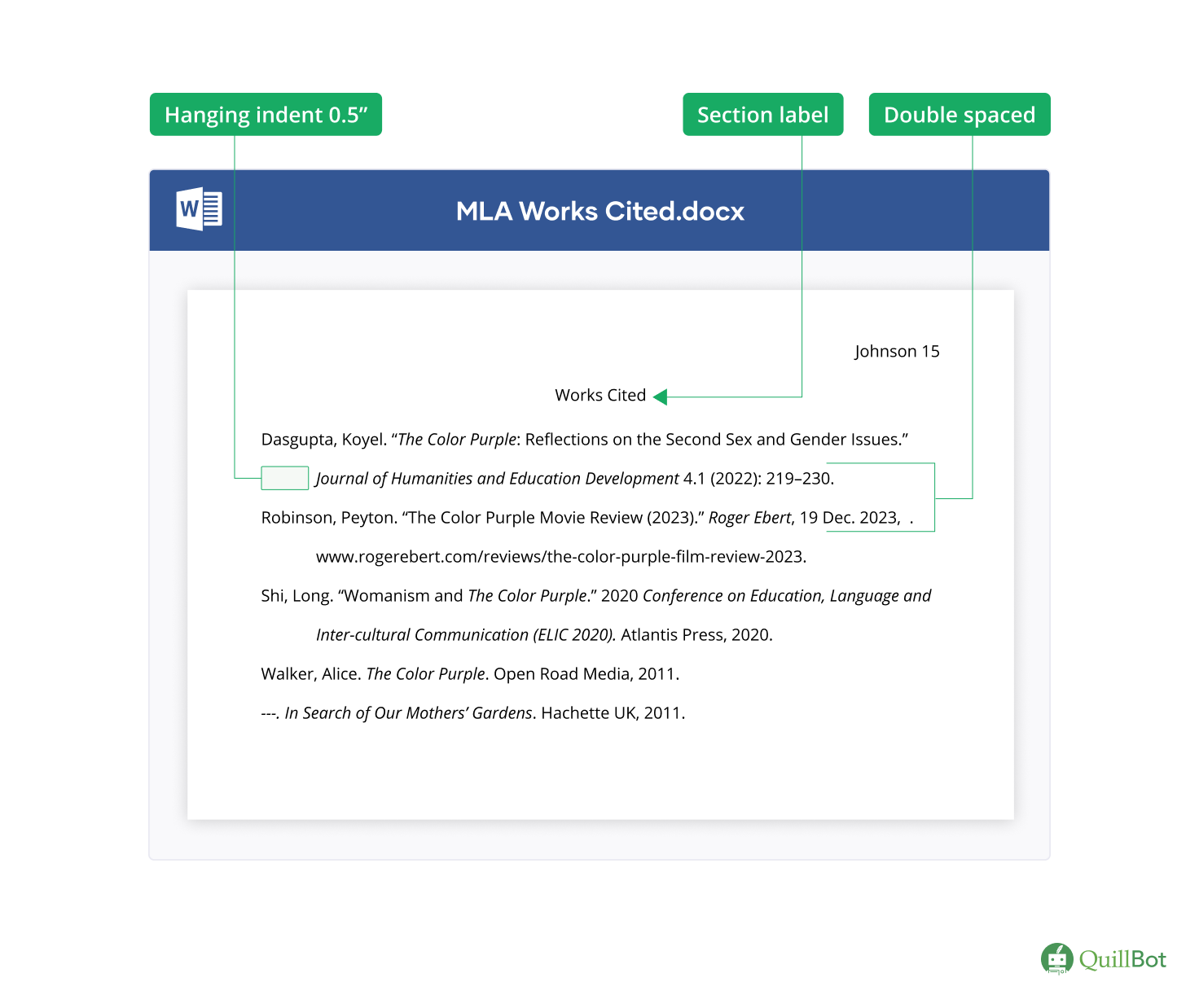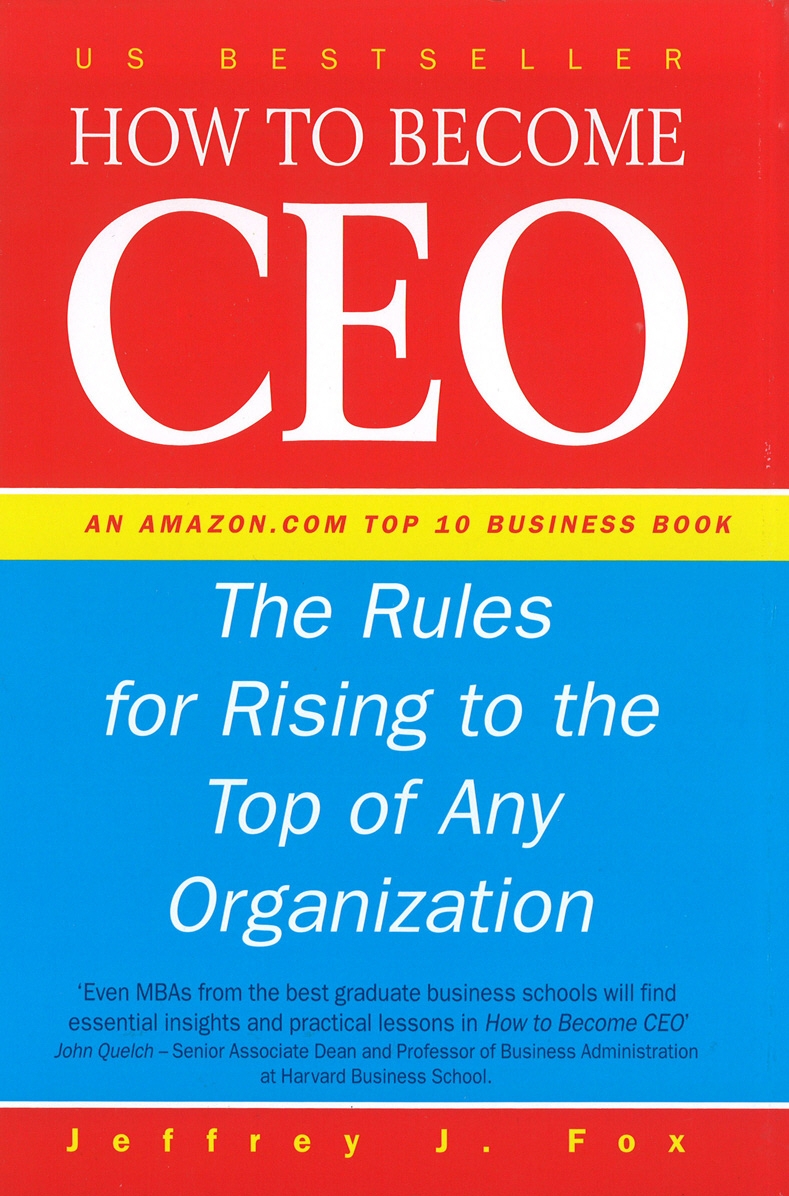Alright, let's talk about something super exciting: citing textbooks in MLA! Okay, maybe not *exciting* exciting, but definitely important. Think of it like this: giving credit where credit is due is like sharing your favorite pizza toppings – you wouldn't want to hog all the pepperoni, would you?
The Basic Recipe: Textbook Citation Edition
MLA citations can seem intimidating, like a complicated baking recipe with ingredients you've never heard of. But trust me, it's more like making toast – pretty simple once you know the steps.
The Core Elements
First, you gotta gather your ingredients. This means knowing the author's name, the book's title, publication information, and all that jazz. Think of it as detective work, but instead of solving a crime, you're solving the mystery of "who wrote this awesome thing?"
Let's break it down, piece by piece. Author's last name first, followed by their first name. Punctuation is your friend here – commas and periods are key!
Then, the title of the book. This is where you get to show off your knowledge of fancy italics! After the title, you'll need the publisher and the publication year, all neatly arranged.
Example Time!
Let's say you're citing "The Hitchhiker's Guide to the Galaxy" by Douglas Adams. A perfect choice, by the way.
Your citation would look something like this: Adams, Douglas. The Hitchhiker's Guide to the Galaxy. Pan Books, 1979.
Variations on a Theme
Sometimes, citing a textbook is like ordering a fancy coffee – there are variations! Multiple authors? Editions? Let's tackle those.
Multiple Authors: The More, The Merrier!
If there's more than one author, list them in the order they appear on the book's cover. For the first author, it's last name, first name. After that, it's first name, last name for the rest.
Think of it as a VIP list – the first author gets the "last name first" treatment, and everyone else gets to relax and go by their first name.
For example, if Terry Pratchett and Neil Gaiman wrote a book together, you'd start with "Pratchett, Terry," then add "Neil Gaiman." Easy peasy!
Editions: The Remastered Version
If you're using an edition other than the first, include the edition number. This is crucial! It's like specifying you want the director's cut of a movie, not the original.
Just add "ed." after the title. For example: Title of Book. 2nd ed.
In-Text Citations: Little Breadcrumbs of Knowledge
Now, let's talk about in-text citations. These are the little breadcrumbs you leave in your paper, leading back to your source.
Usually, this involves the author's last name and the page number. It's like saying, "Hey, I got this awesome idea from Adams, page 42!"
Put it in parentheses after the sentence where you used the information (Adams 42). Done!
Don't Panic!
Citing textbooks in MLA might seem daunting, but it's really just about following a few simple rules. Think of it as a game – a very important game that impresses your teachers.
So, go forth and cite! And remember, if you're ever feeling lost, there are tons of helpful resources online. You got this!
Remember, proper citation is a sign of a responsible scholar and respects the work of the original author. Happy citing!







![[55] Mla 8 Book Citation Example - How To Cite A Textbook Mla](https://i0.wp.com/s3.amazonaws.com/libapps/accounts/3168/images/chapter.in.book.MLA.8.image.jpg)


















